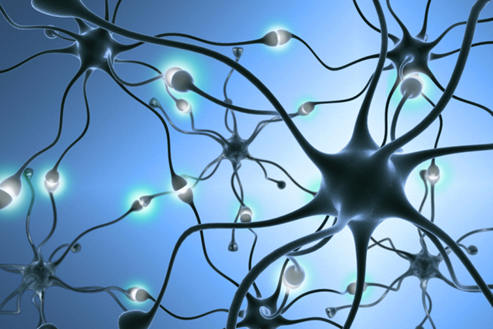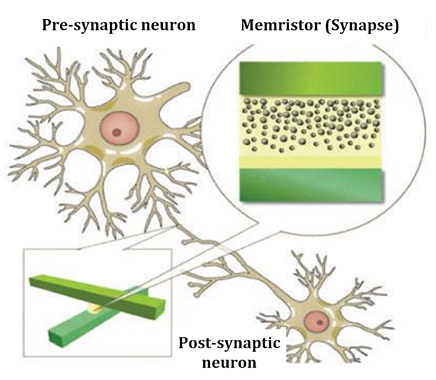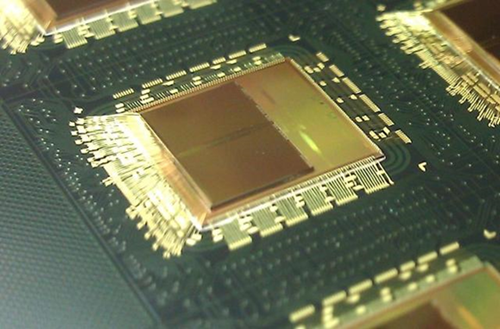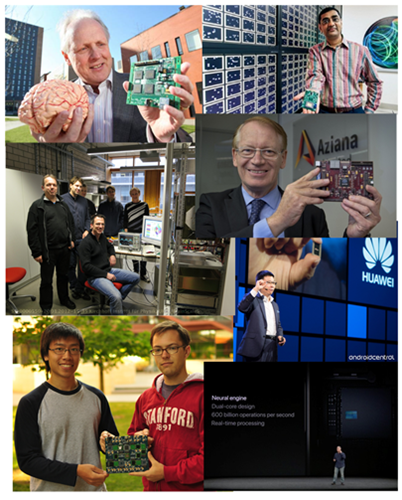The evolution of transistors from vacuum tubes during the mid 1940s opened a new era of ‘semiconductor devices-&-circuits’, which made our lives today easy, comfort & safe with ample of applications. Scaling up the number of transistors on a single micro-chip for various applications kept man curious to hunt for new materials, circuit topologies and technologies. One such emerging interdisciplinary field is ‘Neuromorphic engineering’ or ‘Neuromorphic computing’ in which, VLSI (Very Large Scale Integration) systems comprising electronic analog circuits are used to mimic architectures present in the biological brain. A specific area of the neuromorphic engineering application is the ‘safety & health-care systems’ and the beauty of it is- it functions using the mechanism similar to our brain.
Neuromorphic engineered safety applications include monitoring our environment, track our habits and detect novel unforeseen situations by triggering alarm signals, etc., which are inevitable in health-care systems, particularly for physically or visually impaired people.
1. Brain inspired technology

Neurons & synapses
An average human brain comprises 100 billion neurons and nearly 1000 trillion synapses, which are the basic blocks of the nervous system. The word ‘neuromorphic’ comes by taking a similar ‘brain inspired’ architecture and morphing it on micro-chip. Computational neuroscience studies help us to understand how the informations are conveyed-&-processed in brain by the sensory organs for various cognitive tasks. One phenomenal way of processing informations is by ‘neural spikes’, which have been found similar to the one existing in biological brain.
The sensory organs of a human like eyes, ears, skin, olfaction etc. do their respective cognitive tasks by ‘neural spikes’, by which it communicates with the brain. Hence, the concept of ‘spike-based learning’ emerged in computational neuroscience and neuromorphic engineers try to mimic this bio-physical learning mechanism on chip.
2. Memristors - a favourable synapse

Analogy of biological with artificial neurons-&-synapses
Memristors are used as synapse on chip, which connects two or more silicon neurons. Memristors emerged as 4th fundamental passive-bipolar device that relates electric charge and flux non-linearly. Its favourable properties include non-volatility, abrupt switching transition and repeatable behaviour. Silicon neurons are hybrid CMOS (Complementary Metal Oxide Semiconductor) circuits that emulate electrophysiological behaviour of biological neurons on chip.
3. Nanotechnology- a boon

The SpiNNaker Chip
Credit & Copyright: SpiNNaker Project, APT Advanced Processor Technologies Research Group, The University of Manchester
The shrinking of transistors in silicon neurons below 100nm enables hundreds of millions of them to accommodate on a single chip. And this becomes a reality only by nano-CMOS devices. The resistive RAM devices (or memristors), which are used as synapses also have to be in nano-size, particularly to solve the synaptic density challenge of a neuromorphic chip. Low power consumption and high transistor density are direct benefits by the impact of nanotechnology on a neuromorphic chip.
4. Pool of tech-giants

Glimpse of launch of few neuromorphic and neural processors
Renowned neuromorphic chips in last few decades are Neurogrid, TrueNorth, BrainScaleS and SpiNNaker. The count of neurons and synapses differ in these chips and also their interfaces. Big tech giants like Google and IBM are investing more to explore neuro-computational ideas. Recently, Intel has also joined the pool by introducing its own new neuromorphic chip called ‘Loihi’. Apart from neuromorphic chips, several neural processors with AI (Artificial Intelligence) capabilities have always been an interesting approach for new versions of gadgets like mobile phones and companies like Apple, Huawei, Google and chip maker- Qualcomm have been showing more interest on it. We are witnessing today- how these companies are in the race of launching new gadgets or chips with fascinating high AI capabilities.
5. Broad application spectra
Apart from the ‘safety and health-care’ domain, a neuromorphic chip also has the capabilities for being used in applications like military, medical, traffic systems, forensic & surveillance, other IoT (Internet of Things), robotics, gaming systems and managing big data on domains like stock market speculations, etc.